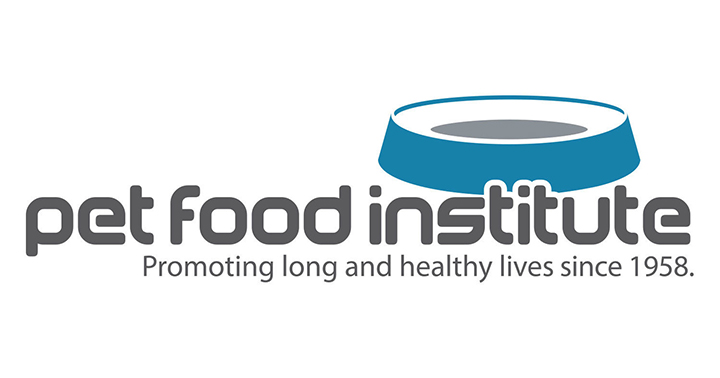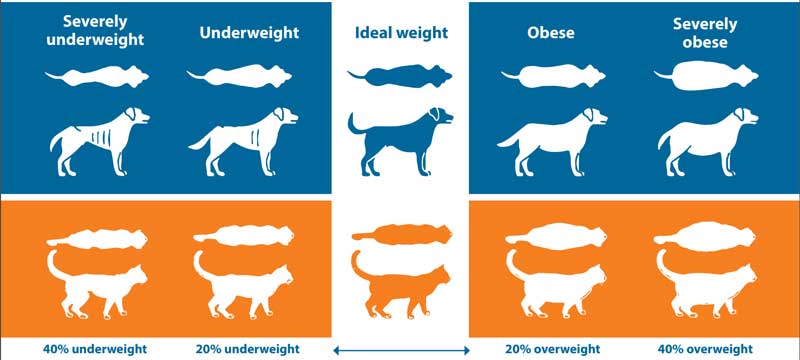Manila, Philippines, October 4, 2023 – In observance of World Animal Month, Pet Food Institute (PFI) puts the spotlight on the role of proper nutrition in animal welfare. Ensuring dogs and cats receive a complete and balanced diet in the appropriate amounts for their age, size and activity level is key to prevent obesity or emaciation and is essential to help improve the quality of life of pet cats and dogs. Overfeeding pets could result in obesity, which could lead to more serious health problems such as mobility issues, diabetes and heart conditions. Studies further show that pets at healthy weight typically live 2.5 years longer than overweight pets.
For all pet owners who may be unsure about how they can maintain their pets’ ideal body weight, PFI offers five easy tips.
- Visit a veterinarian regularly.
Pets should be examined by a veterinarian regularly to ensure their overall well-being. Preventive care visits can help pet owners determine if their dog or cat is overweight, and veterinarians can help provide diet recommendations and strategies for weight loss, if needed. Here is a simple illustration to guide pet lovers on achieving an ideal body condition for their pets.
- Avoid feeding table scraps
Think twice before slipping pets some extra potato chips, fat trimmings or other foods from the dinner plate. Many common foods that humans enjoy are high in calories and fat and can ultimately lead to pet weight gain. In addition, some foods and ingredients can be harmful to cats and dogs or cause digestive upset.
- Feed pets a complete and balanced diet
It’s crucial that dogs and cats enjoy a complete and balanced diet, meaning that each serving of food provides the more than 40 nutrients that pets need, in the proper amounts, for the life stage of the animal. Treats should never be a substitute for a meal, and it is recommended that no more than 10 percent of a pet’s daily calories come from treats.
- Follow feeding guidelines on pet food and treat packaging
A pet’s calorie requirements will vary based on factors such as age, size, lifestyle, and breed. As pet owners determine how to much to feed their dog or cat, they should begin by referring to the feeding guidelines on food and treat packaging. This can help pet owners determine how much food to measure out at mealtime and how many treats they can safely provide throughout the day. A veterinarian can also confirm the amount of food that is best for that particular pet.
- Exercise pets regularly and allot time for healthy play
Spending quality time with pets while keeping them active will help dogs and cats maintain a healthy weight. Not only does exercise contribute to weight loss, but it also helps build and maintain strong muscles and healthy joints, and keeps pets mentally stimulated.
For more information on how to promote pets’ health through complete and balanced diets, check out PFI’s helpful resource on choosing pet food.
Liked this post? Follow SwirlingOverCoffee on Facebook, YouTube, and Instagram.



